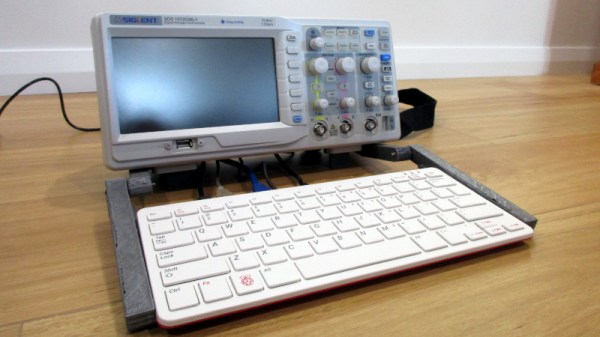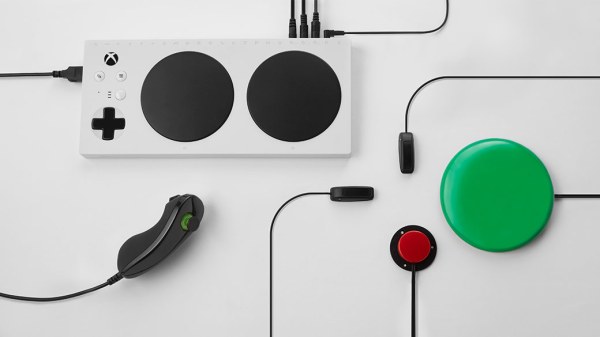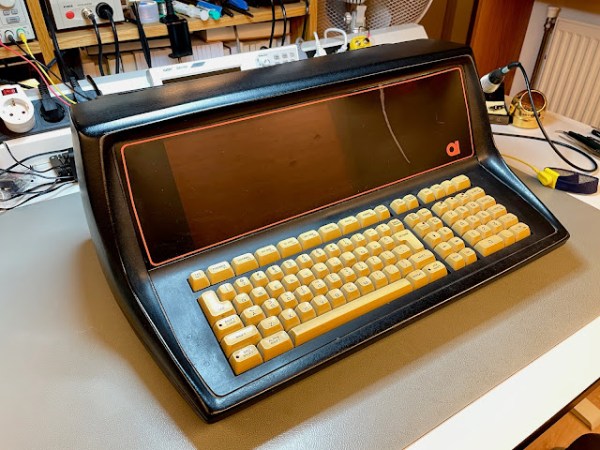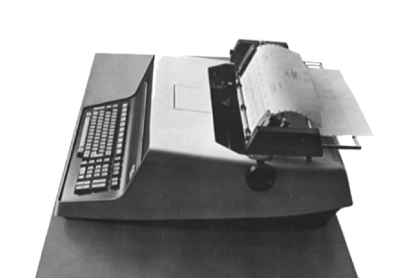When [Jak_o_Shadows] Siglent Oscilloscope died, he didn’t just mourn the loss, he saw an opportunity. See, he had a Raspberry Pi 400 already set aside for a cyberdeck build, and he just scored a novel case. Most of the insides of the old scope came out, but the screen and control knobs live on in the new build. An HDMI-to-LVDS adapter brought the screen back to life, and the control knobs are a work-in-progress. Added to the case are some fun goodies, like a LimeSDR, connected to the old scope inputs. A PL2303 is wired to the serial port, making that functional, too. It’s a very nice touch that the build retains the original scope’s functions this way.
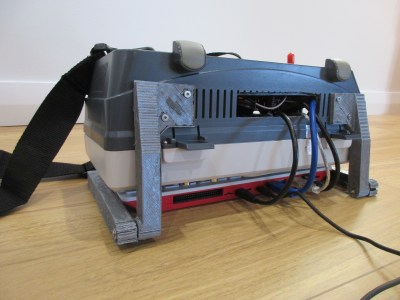 There’s plenty of 3d-printed goodness, like some internal brackets to hold things in place. The real star of the show is a 3d-printed hinge, holding the scope and Pi 400 together and making the whole package portable. There’s a neat tip, too, in that the Pi 400 has a huge integrated heat sync under the keyboard. It’s just a sheet of metal, so you can drill and tap it as mounting points. Cool!
There’s plenty of 3d-printed goodness, like some internal brackets to hold things in place. The real star of the show is a 3d-printed hinge, holding the scope and Pi 400 together and making the whole package portable. There’s a neat tip, too, in that the Pi 400 has a huge integrated heat sync under the keyboard. It’s just a sheet of metal, so you can drill and tap it as mounting points. Cool!
This is a nifty build, and certainly a worthy deck for jacking-in to whatever you’re working on. And re-purposing an oscilloscope is a nice aesthetic. If [Jak_o_Shadows] can just get the front array of buttons and knobs working with his STM32, this will be a killer deck, the envy of console cowboys everywhere.

